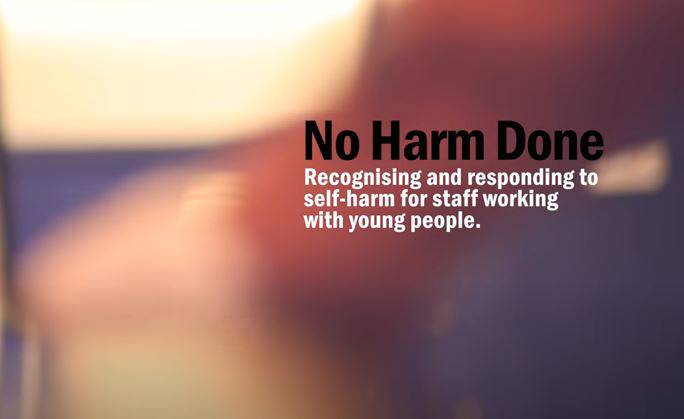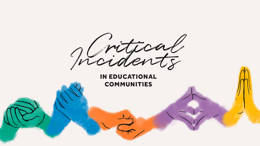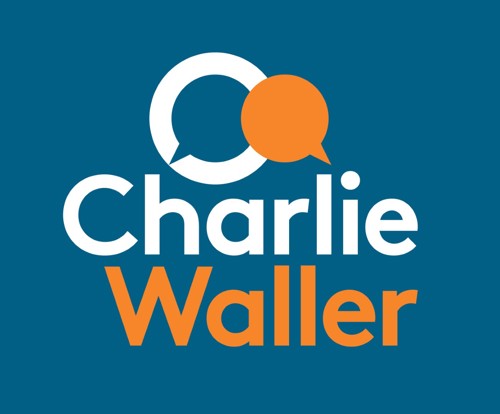No harm done: recognising and dealing with self-harm
Advice and support on self-harm for education staff working with young people in schools or colleges.

Supporting a young person who is at risk of self-harming can be difficult for staff. It may not always be clear what the 'right' thing to do is, and how to open up conversations about such a sensitive topic.
This video and accompanying information is aimed at professionals, offering clear guidance and support about how to help young people who are self-harming.
The information is broken down into sections to make it easy to navigate and digest. Topics include:
- self-harm warning signs
- the first conversation
- providing practical support
- what to do if you think a young person is at risk
Safeguarding underpins the entire resource and is often explicitly referred to.
Using this resource
This resource is designed for:
- use by education staff working with young people
The video could be played in a staff meeting, with staff then signposted to the accompanying advice.
Was this resource helpful?
Thanks for your feedback
A member of our team will review your feedback.
Sorry there was an error
Please try again later.
Related resources

Supporting a trans child or young person at school or college
Information and guidance for schools and colleges on supporting a young person who is transitioning.
View resource
Responding to critical incidents in educational communities
A set of resources to help staff in schools, alternative provision settings and colleges to respond...
View resource
Teaching for neurodiversity: guide for educators
Guidance for educators on different forms of neurodiversity and how they may present in the...
View resource
Advice and support for staff with young people struggling with self-harm
A resource and video for staff supporting young people with self-harm.
View resource
 Author
Author
 Author
Author
 Author
Author
 Author
Author